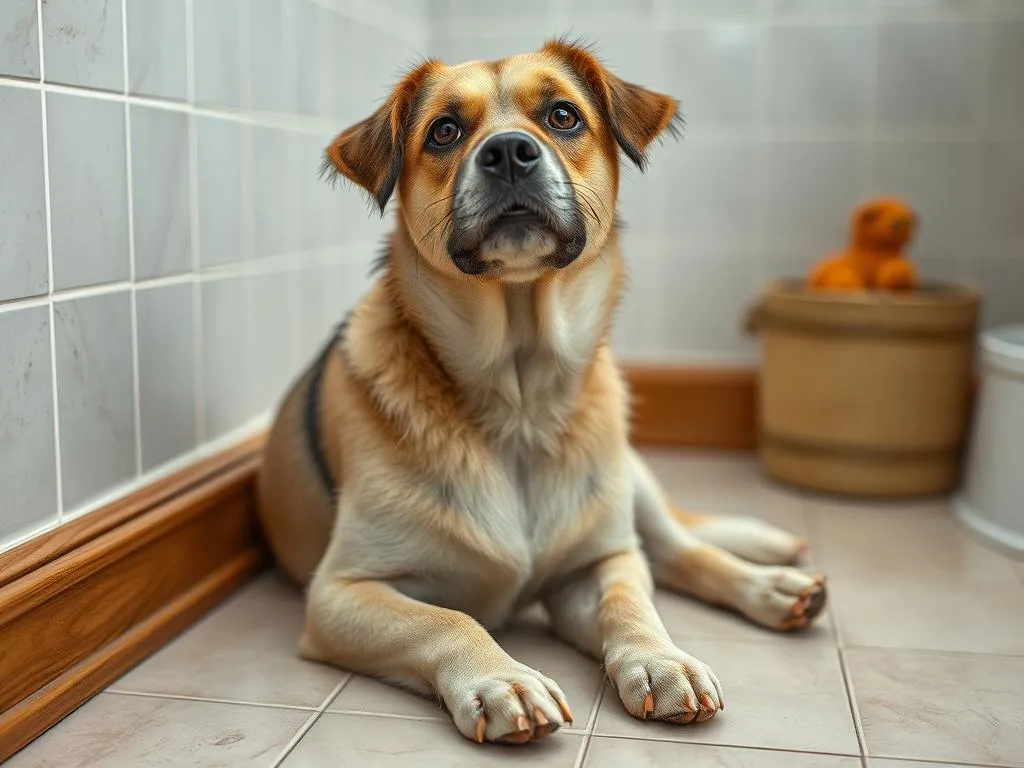
Maintaining your dog’s health is a multifaceted responsibility that goes beyond just providing food and regular veterinary care. One crucial aspect of dog health care that often gets overlooked is grooming. Regular grooming plays a vital role in the overall health and well-being of your furry friend. Among the various grooming practices, one that pet owners should be particularly aware of is the sanitary trim. This article delves into what a dog sanitary trim is, its benefits, and how to properly perform this important grooming task.
Understanding Sanitary Trims
Definition of Sanitary Trim
A sanitary trim refers to a specific grooming process aimed at maintaining cleanliness in sensitive areas of your dog’s body, particularly around the genital and anal regions. Unlike regular grooming, which focuses on the overall coat, a sanitary trim is more targeted and involves removing excess hair to prevent matting and buildup of dirt, feces, or urine.
Importance of Sanitary Trims
The significance of sanitary trims cannot be overstated. They offer several health benefits, including:
– Prevention of Infections: Excessive hair can trap moisture and debris, creating an environment conducive to bacterial growth. A sanitary trim helps reduce this risk.
– Reduction of Irritation: Long hair in sensitive areas can cause chafing and irritation, leading to discomfort for your dog. A trim alleviates this issue, enhancing your pet’s comfort.
– Overall Hygiene: Regular trims contribute to your dog’s hygiene, making it easier for you to monitor their health for any signs of infection or unusual discharge.
When Should You Consider a Sanitary Trim?
Signs Your Dog Needs a Sanitary Trim
Recognizing when your dog requires a sanitary trim can be crucial for their health. Here are some signs to look out for:
– Excessive Matting: If you notice tangled hair in sensitive areas, it’s time for a trim.
– Odor and Discomfort: A smelly dog may indicate that hygiene issues are at play, especially around the genital and anal regions.
– Visible Dirt or Debris: If you can see dirt or debris stuck in your dog’s fur, a sanitary trim can help clean things up.
Frequency of Sanitary Trims
The frequency of sanitary trims largely depends on your dog’s breed and coat type. Generally, dogs with longer hair may require more frequent trims compared to short-haired breeds. Other factors that can influence how often you should trim include:
– Age: Older dogs may require more frequent grooming due to decreased mobility.
– Activity Level: Active dogs may accumulate more dirt and debris, necessitating regular trims.
– Health Conditions: Dogs with certain health issues might need more frequent attention in this area.
The Process of a Sanitary Trim
Tools and Equipment Needed
Before embarking on a sanitary trim, make sure you have the right tools on hand:
– Grooming Scissors: A pair of blunt-tipped scissors can help avoid injuries.
– Clippers: If your dog is comfortable with them, clippers can make the job quicker.
– Combs: A fine-toothed comb can help in detangling any mats.
– Styptic Powder: This can be useful to stop bleeding in case of accidental cuts.
Step-by-Step Guide to Performing a Sanitary Trim
Preparing the Dog
Start by getting your dog comfortable. Use treats and praise to create a positive environment. Ensure the grooming area is safe and well-lit. It’s important to keep your dog calm throughout the process.
Performing the Trim
- Trimming Around the Paws: Gently lift your dog’s paws and trim the hair around the pads to prevent slipping and accumulate dirt.
- Trimming Around the Genital Area: Be cautious here—use scissors to trim excess hair around the vulva or penis, ensuring not to touch the skin directly.
- Trimming Around the Anus: Carefully trim the hair around the anus to prevent fecal matter from sticking. This area requires the utmost attention, so take your time.
Tips for avoiding cuts and injuries:
– Always trim in a well-lit area.
– Use blunt-tipped scissors to reduce the risk of cuts.
– Take breaks if your dog seems anxious or restless.
Aftercare Post-Trim
Once you finish the sanitary trim, clean the trimmed area gently with a damp cloth to remove any loose hair. It’s a good idea to check for any signs of irritation or infection. Regular bathing and drying after a trim can also help maintain cleanliness and comfort.
Professional vs. Home Grooming
Pros and Cons of Professional Grooming
Taking your dog to a professional groomer has its advantages:
– Expertise: Professional groomers are trained to handle various breeds and temperaments.
– Safety: They use specialized equipment and techniques to minimize the risk of injury.
However, there are also downsides:
– Cost: Professional grooming can be expensive, especially for regular trims.
– Travel: You may need to travel to a grooming facility, which can be time-consuming.
DIY Grooming at Home
On the flip side, grooming your dog at home offers several benefits:
– Cost-Effective: You save on grooming fees, making it more economical in the long run.
– Bonding Time: Grooming can be a great way to strengthen your bond with your dog.
To ensure safe and effective home grooming, follow these tips:
– Familiarize yourself with your dog’s body and coat type.
– Practice regularly to build confidence and skill.
– Always prioritize your dog’s comfort and well-being.
Common Concerns and Misconceptions
Common Myths about Sanitary Trims
There are several myths surrounding sanitary trims that need addressing:
– Myth 1: Trimming is painful for dogs. In reality, if done correctly, trimming should not cause pain.
– Myth 2: Sanitary trims are only for long-haired breeds. All dogs can benefit from hygiene trims, regardless of coat length.
Addressing Health Issues
If you notice any unusual signs, such as persistent odor, irritation, or discharge, consult your veterinarian. They can provide guidance on whether a professional grooming intervention is necessary.
Conclusion
Understanding what a dog sanitary trim entails is vital for every dog owner. Not only does this grooming practice contribute to your dog’s hygiene, but it also plays a crucial role in preventing infections and promoting overall well-being. Regular grooming routines, including sanitary trims, can significantly enhance your dog’s health and comfort. By investing time in this important aspect of dog care, you ensure your furry friend leads a happy, healthy life.
Whether you choose to groom at home or seek professional help, the key is to remain vigilant about your dog’s hygiene needs. Remember, a clean dog is a happy dog!









